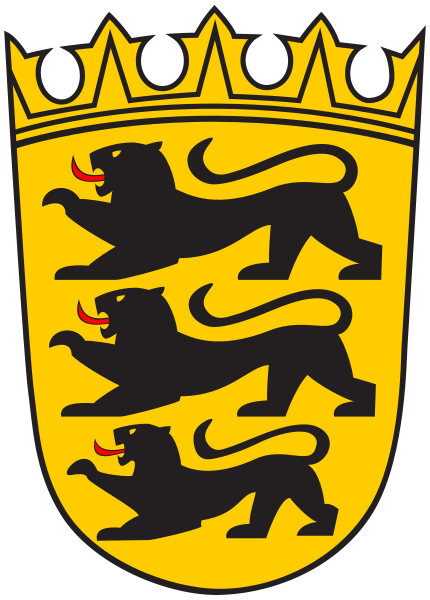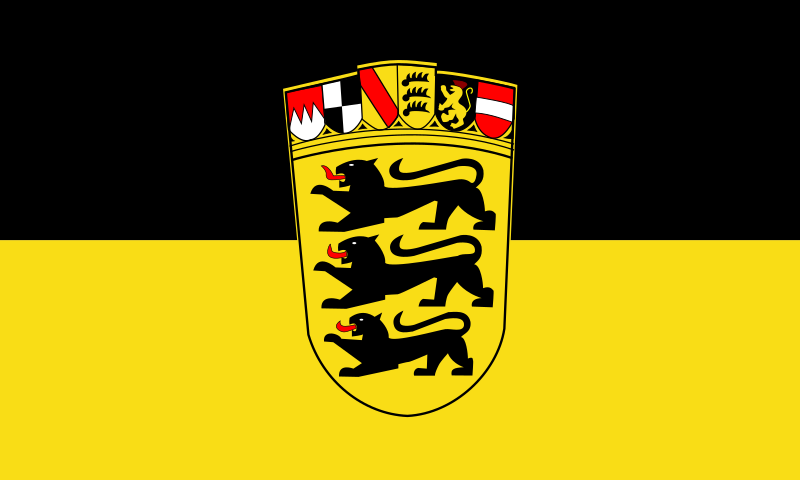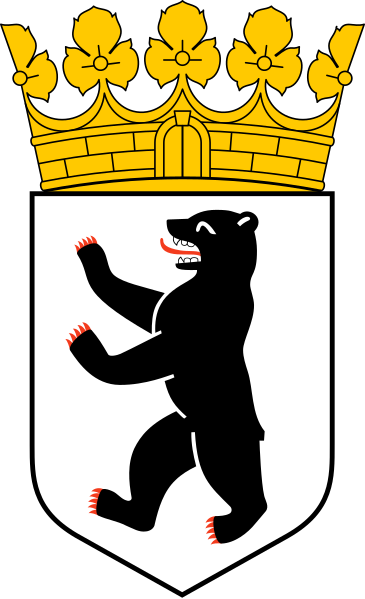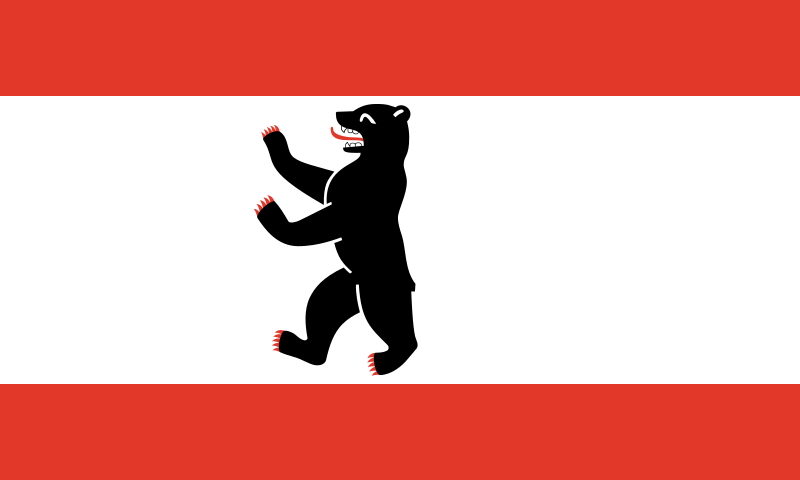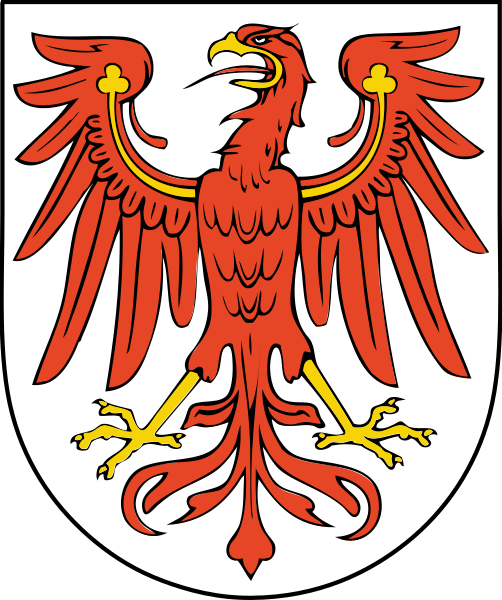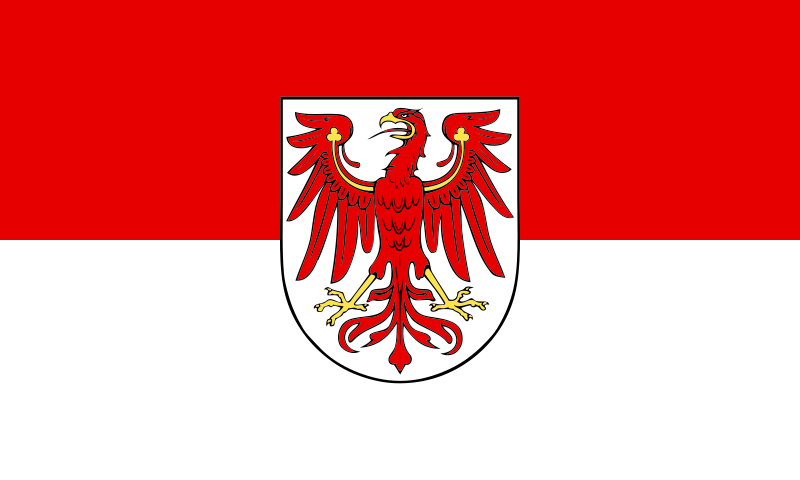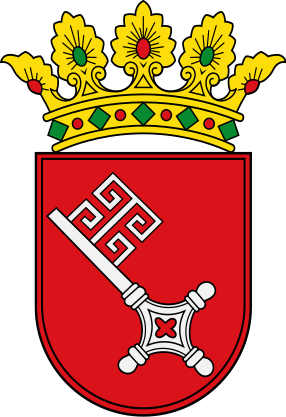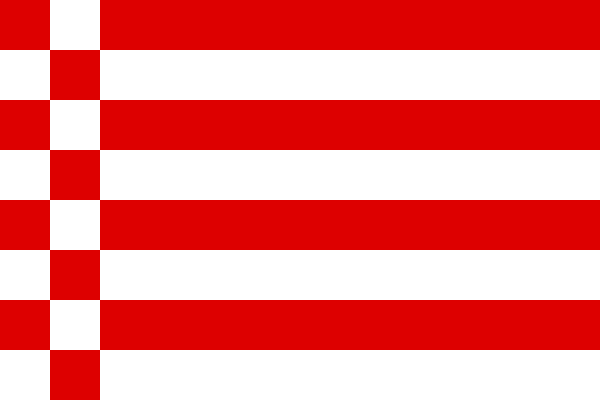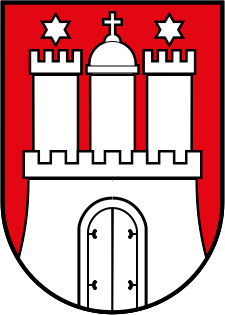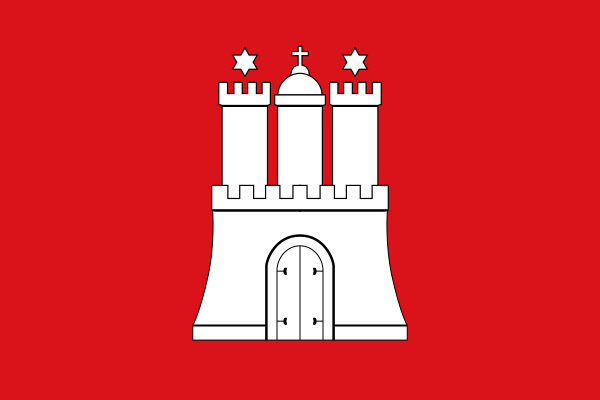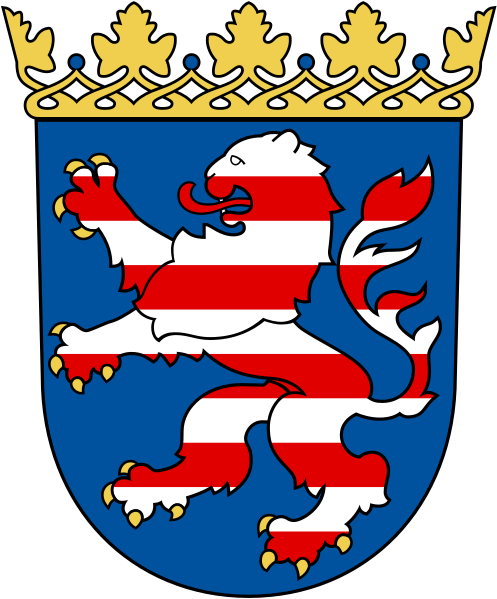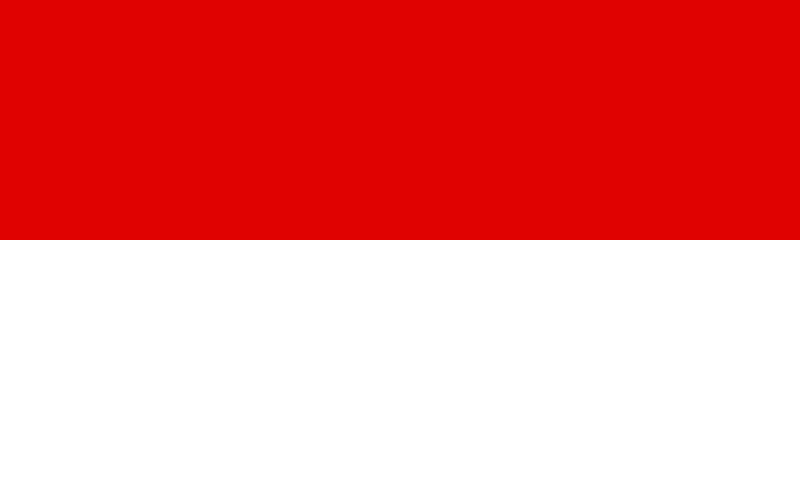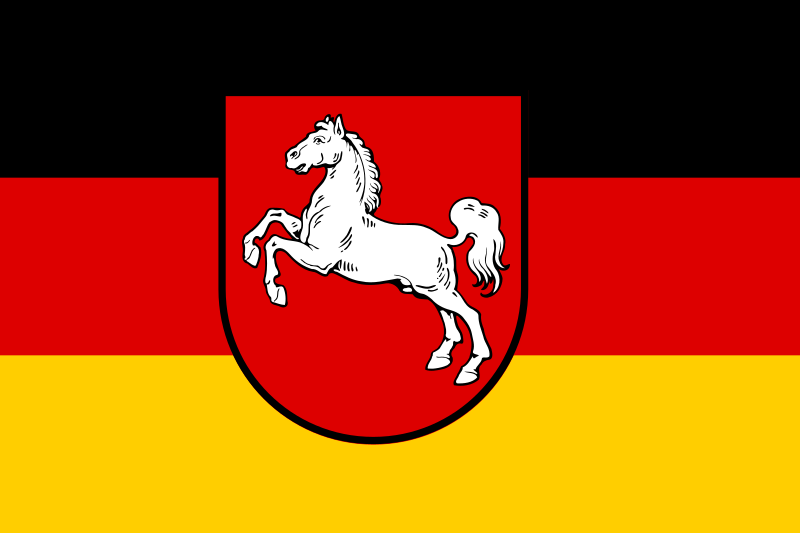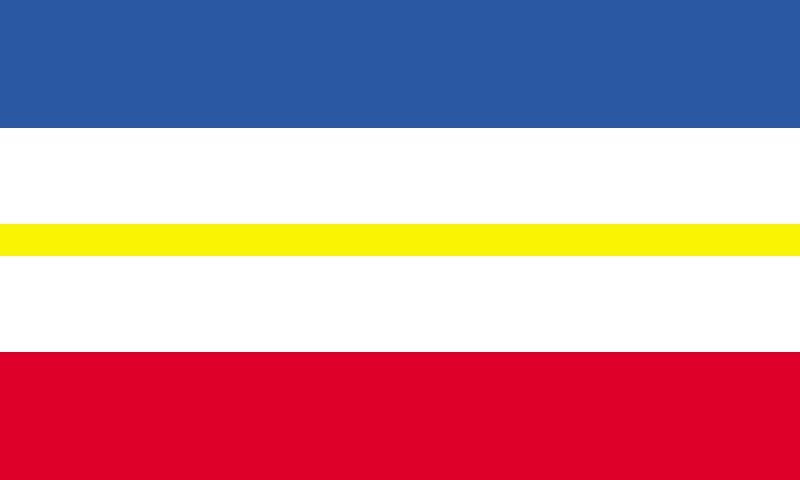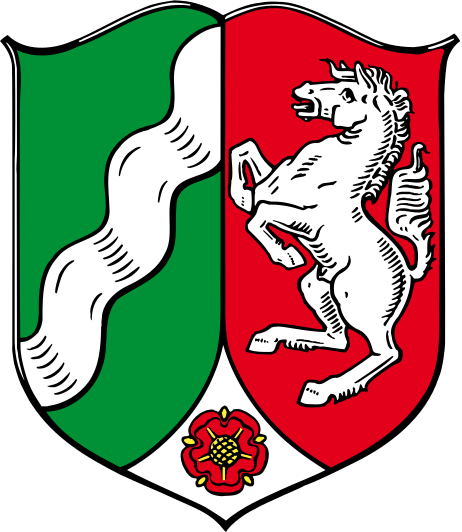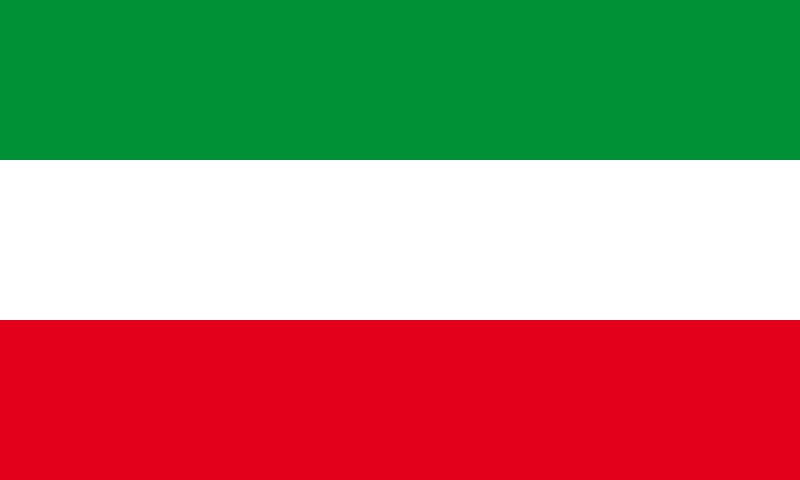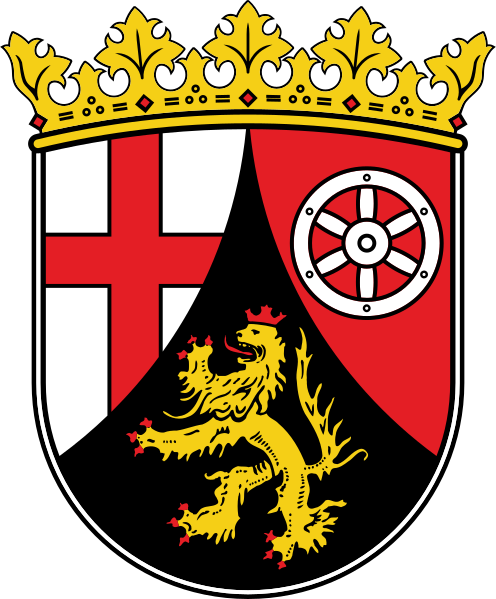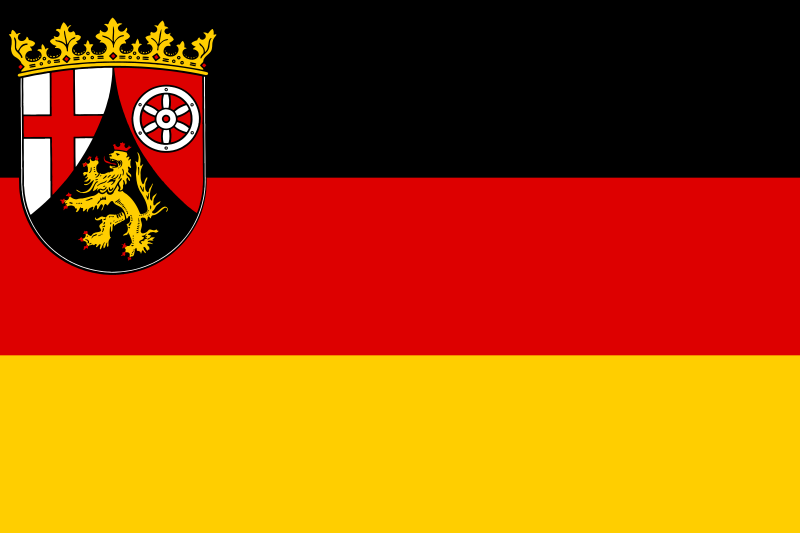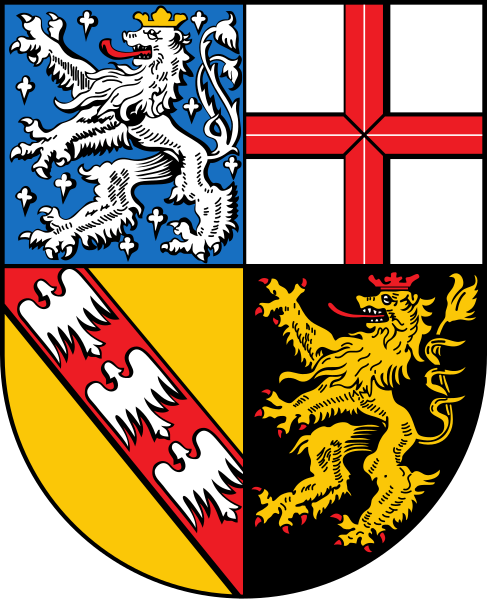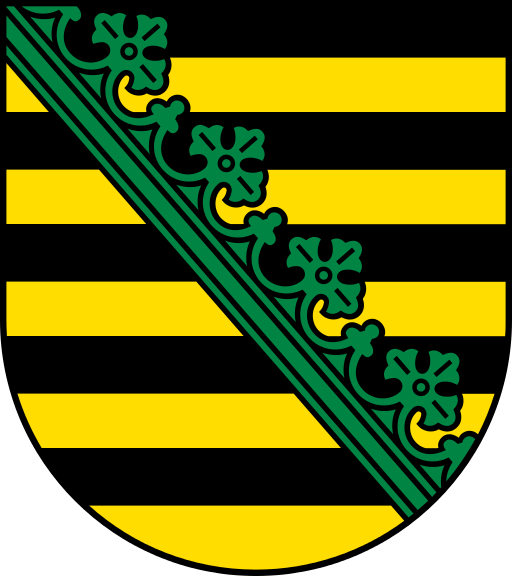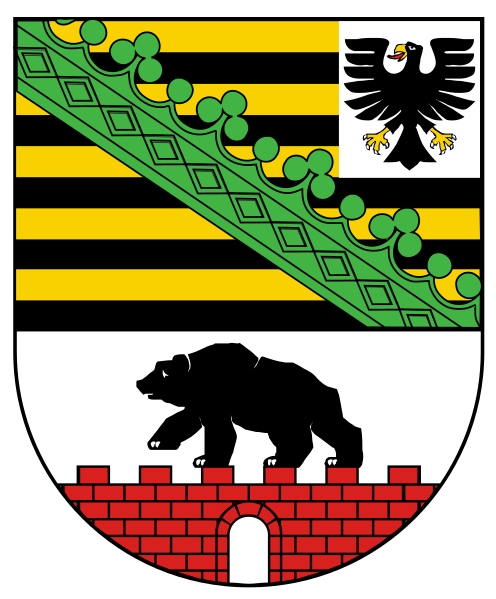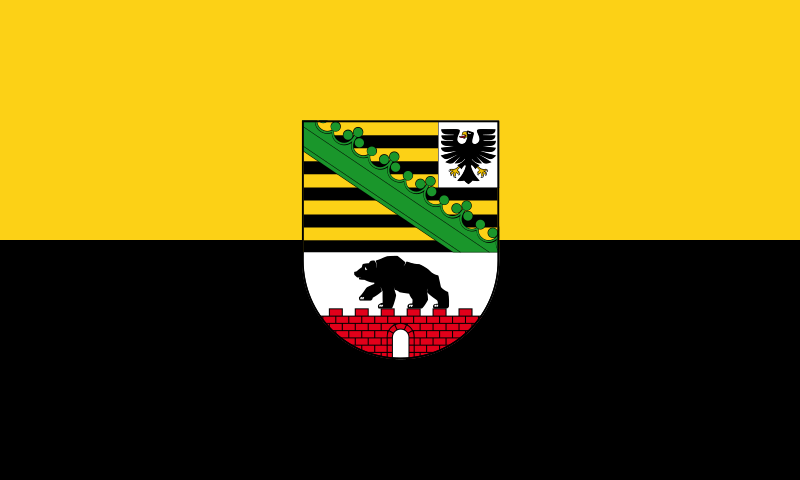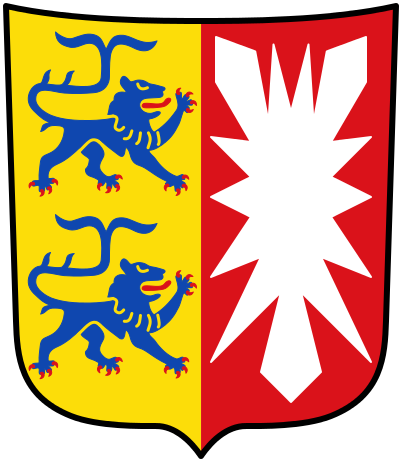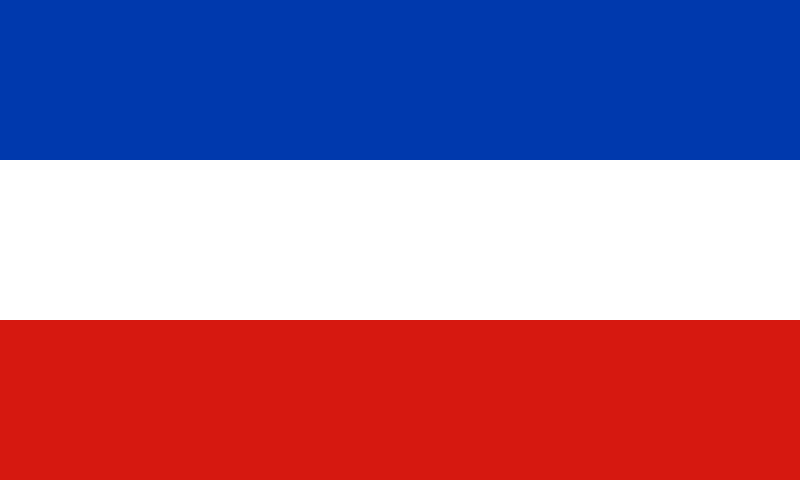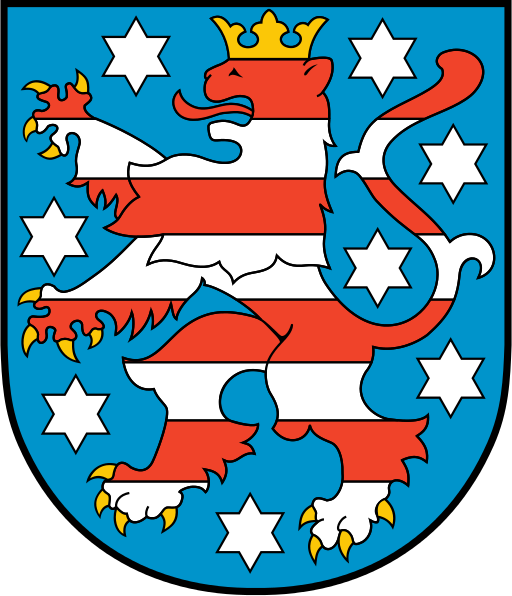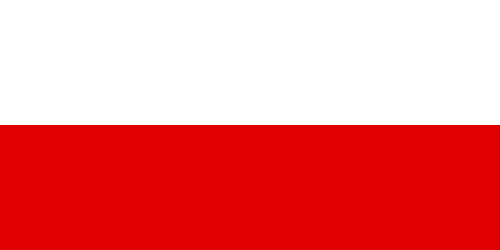Government Administrative Divisions
Germany is a federal republic of 16 states (bundesländer) united by a central government. Each state has its own constitution and a history as an independent polity predating the unification of Germany. They are each organized as parliamentary republics, mirroring the country’s central government. All have elected parliamentary legislature (landtag) and most have a governing cabinet formed by the parliamentary majority leader (ministerpräsident) and selected cabinet ministers.
Each of the states have their own internal hierarchy of government administration. The states of Hamburg, Bremen, and the national capital, Berlin, are large urban areas organized as city-states. Hamburg and Berlin are divided into boroughs. Bremen is divided into two urban districts (Bremen and Bremerhaven). The other 13 states are organized into a basic hierarchy of regional districts, rural and urban districts, and lower-level municipalities.
The municipalities (gemeinden) have elected council governments headed by a mayor (bürgermeister) who is chosen either by the council or directly elected. The municipalities’ constitutions are created and imposed by the states and are generally uniform within each state. Municipalities typically administer programs related to youth, schools, public health, and social welfare, manage public utilities such as energy and transportation, and have constitutional authority over a wide range of local economic development and urban planning functions.
|
# |
State |
Coat of Arms |
Flag |
Capital |
|
1 |
Baden-Württemberg |
|
|
Stuttgart |
|
2 |
Bavaria |
|
|
Munich |
|
3 |
Berlin |
|
|
Berlin |
|
4 |
Brandenburg |
|
|
Potsdam |
|
5 |
Bremen |
|
|
Bremen |
|
6 |
Hamburg |
|
|
Hamburg |
|
7 |
Hesse |
|
|
Wiesbaden |
|
8 |
Lower Saxony |
|
|
Schwerin |
|
9 |
Mecklenburg-Vorpommern |
|
|
Hanover |
|
10 |
North Rhine- |
|
|
Dusseldorf |
|
11 |
Rhineland-Palatinate |
|
|
Mainz |
|
13 |
Saarland |
|
|
Saarbrucken |
|
14 |
Saxony |
|
|
Dresden |
|
15 |
Saxony-Anhalt |
|
|
Magdeburg |
|
16 |
Schleswig-Holstein |
|
|
Kiel |
|
17 |
Thuringia |
|
|
Efrurt |
Copyright © 1993—2024 World Trade Press. All rights reserved.

 Germany
Germany 